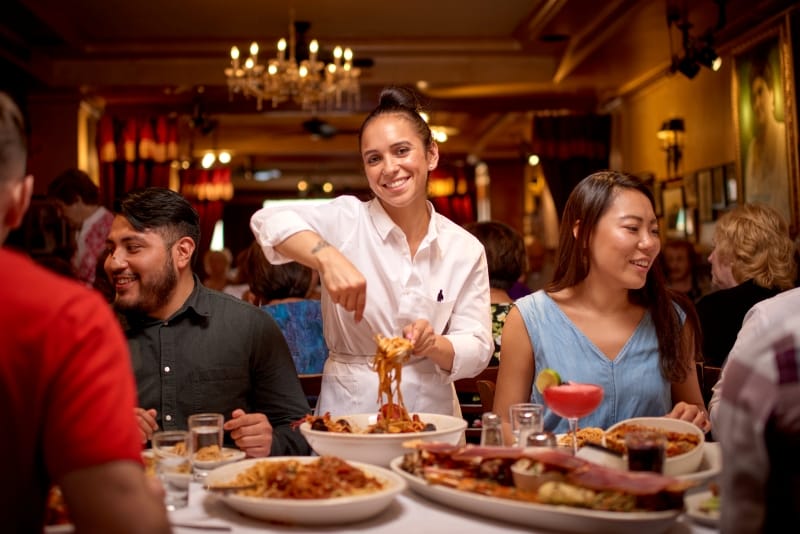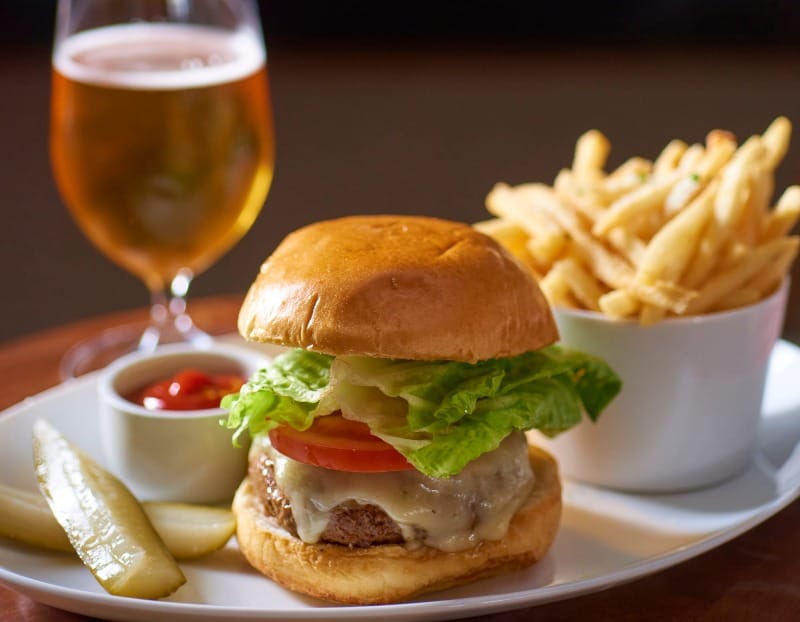By Gary Monterosso
A subject that has intrigued me for years concerns serving the proper beer with a meal. I've discussed this with chefs, beer reviewers and several brewers and brewery owners. It certainly is not like years ago when there were fewer than 100 American companies making beer with virtually all consisting of sand colored light lagers. We now have close to 10,000 breweries in the United States coupled with varieties from all over the world. Visiting any well-stocked package goods store and you easily could be overwhelmed by the selection.
As for pairing beer and food, it is considered an art that has been perfected by beer enthusiasts all over the world. As beer has become more popular, it has evolved into a drink that can be enjoyed not only on its own but also with a variety of foods. With the vast array of beers available today, there is something to suit every taste and occasion. Here are some tips to help you match beer and food to create the perfect pairing.
The first step to creating a successful beer and food pairing is to choose a beer that complements the flavors of the dish. Lighter beers such as pilsners, lagers, and wheat beers pair well with lighter dishes such as salads, fish, and chicken. Darker beers such as stouts, porters, and brown ales are best suited to heavier dishes such as beef, pork, and lamb.
When it comes to spicy foods, a beer with a bit of sweetness can help balance out the heat. A Belgian-style witbier or a fruit beer can work well with spicy dishes such as Thai curry or Mexican cuisine. For foods with a lot of fat or oil, a beer with higher carbonation such as an IPA or a pilsner can help cut through the richness.
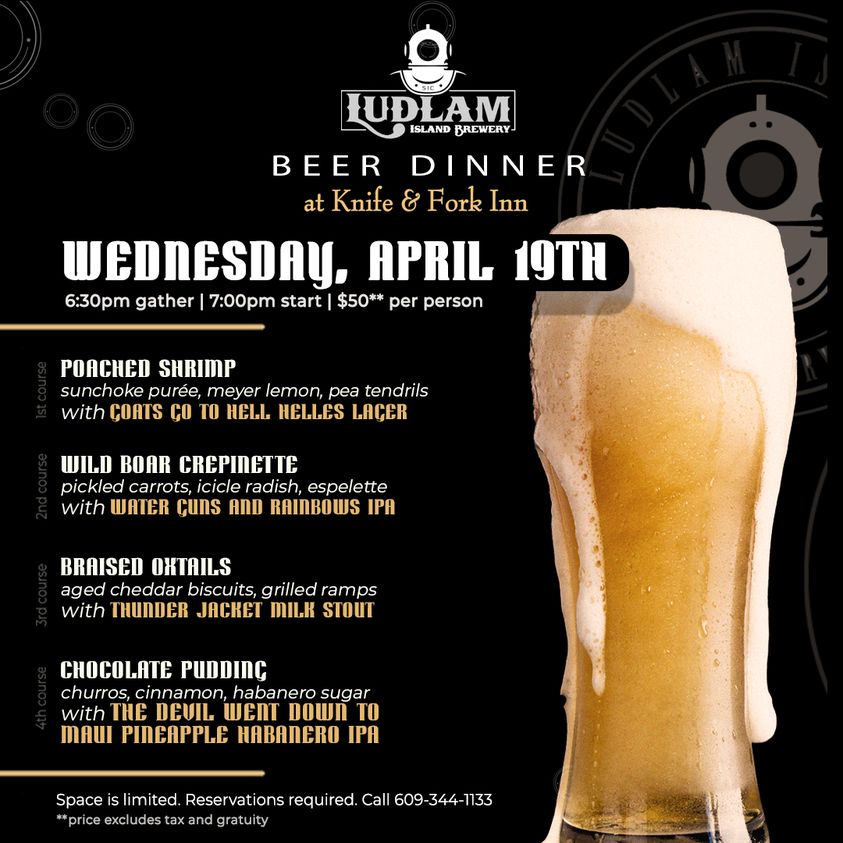
Another important factor to consider is the intensity of the flavors. A strong-flavored beer such as an imperial stout can overpower delicate flavors in a dish, whereas a lighter beer may not hold up to bolder flavors. In general, it's a good idea to match the intensity of the beer to the intensity of the dish.
Beer can also be used as an ingredient in cooking to add flavor to dishes. Darker beers can be used in stews, chili, and marinades, while lighter beers can be used in sauces and salad dressings. When cooking with beer, it's important to choose a beer that you would enjoy drinking, as the flavors will be concentrated in the dish.
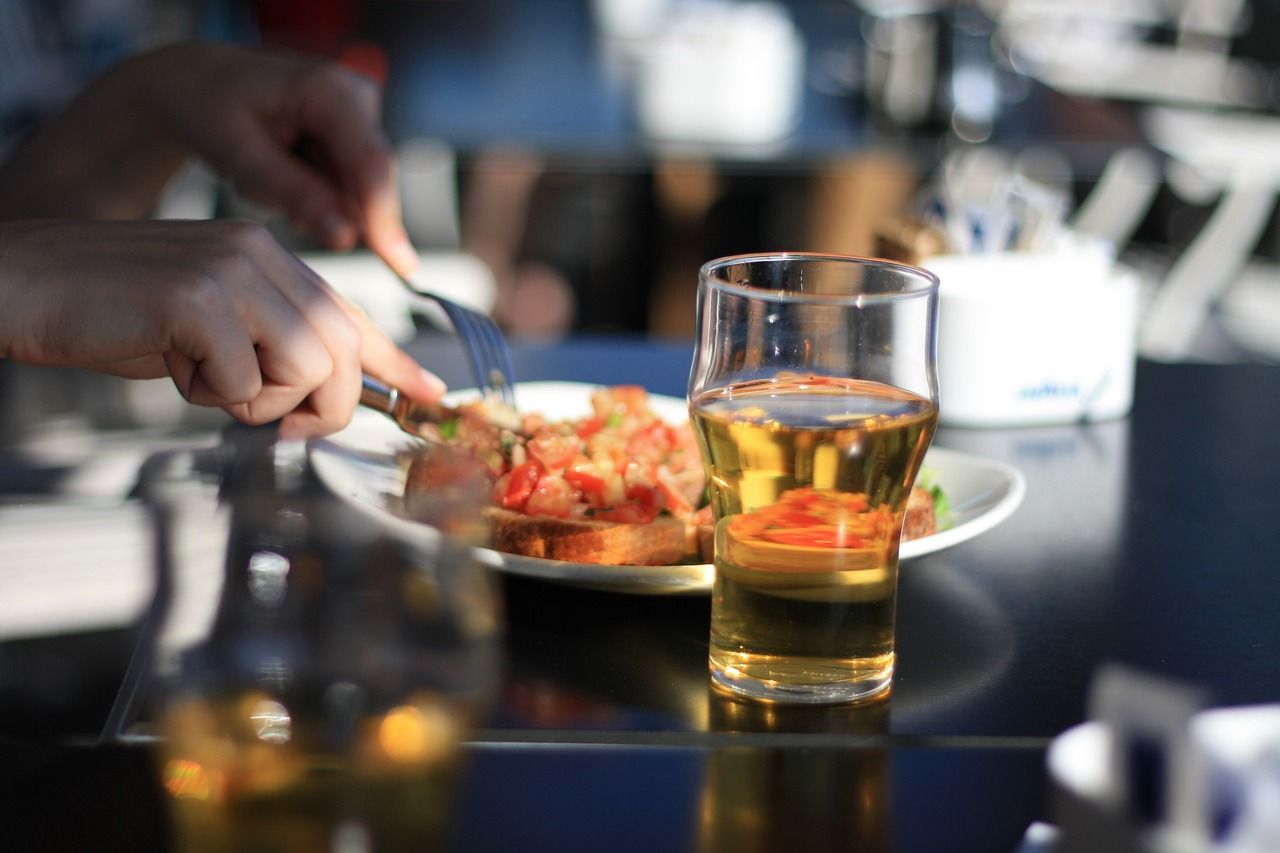

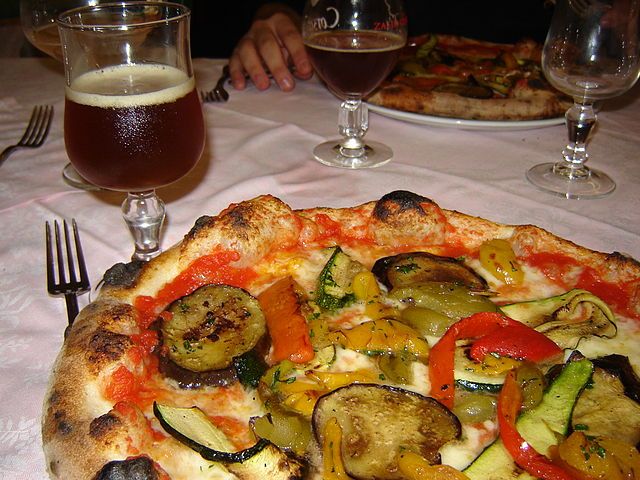
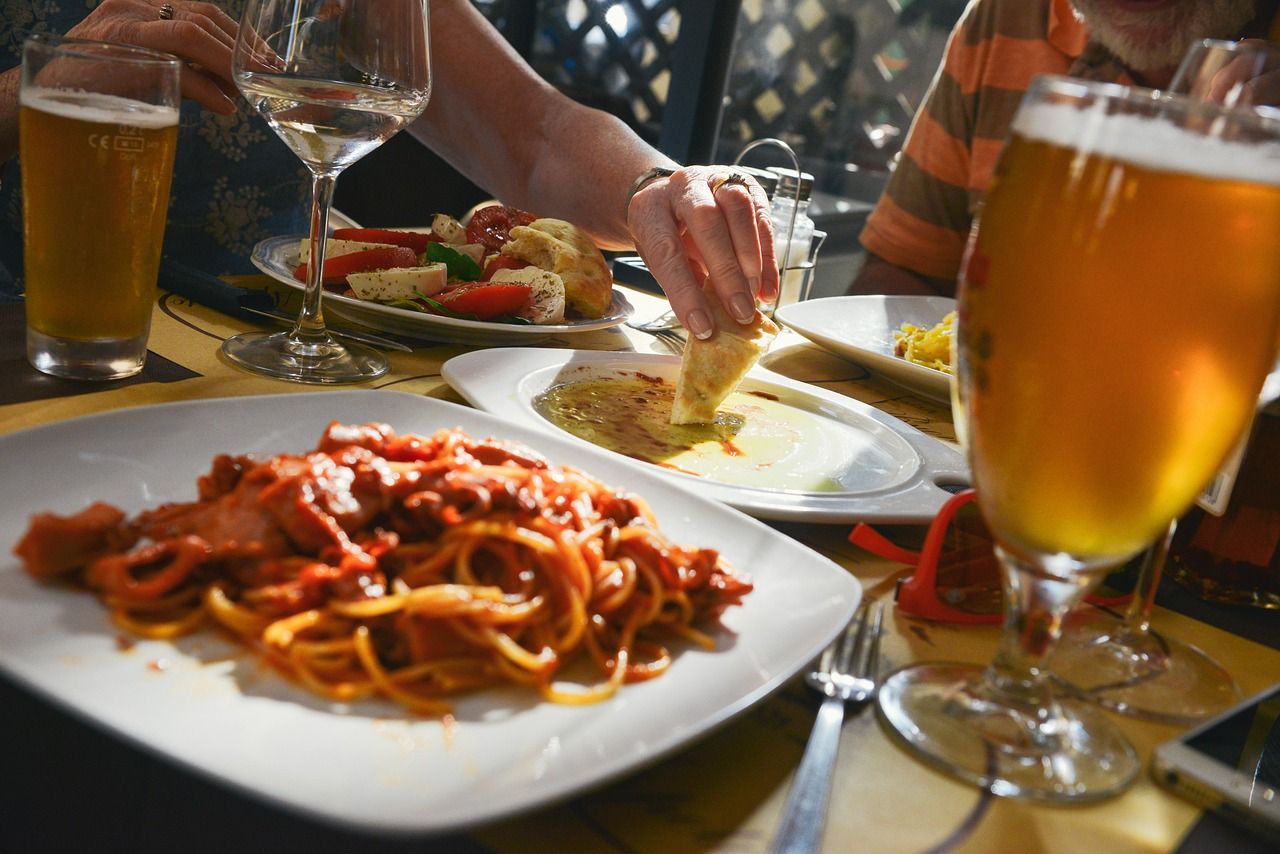
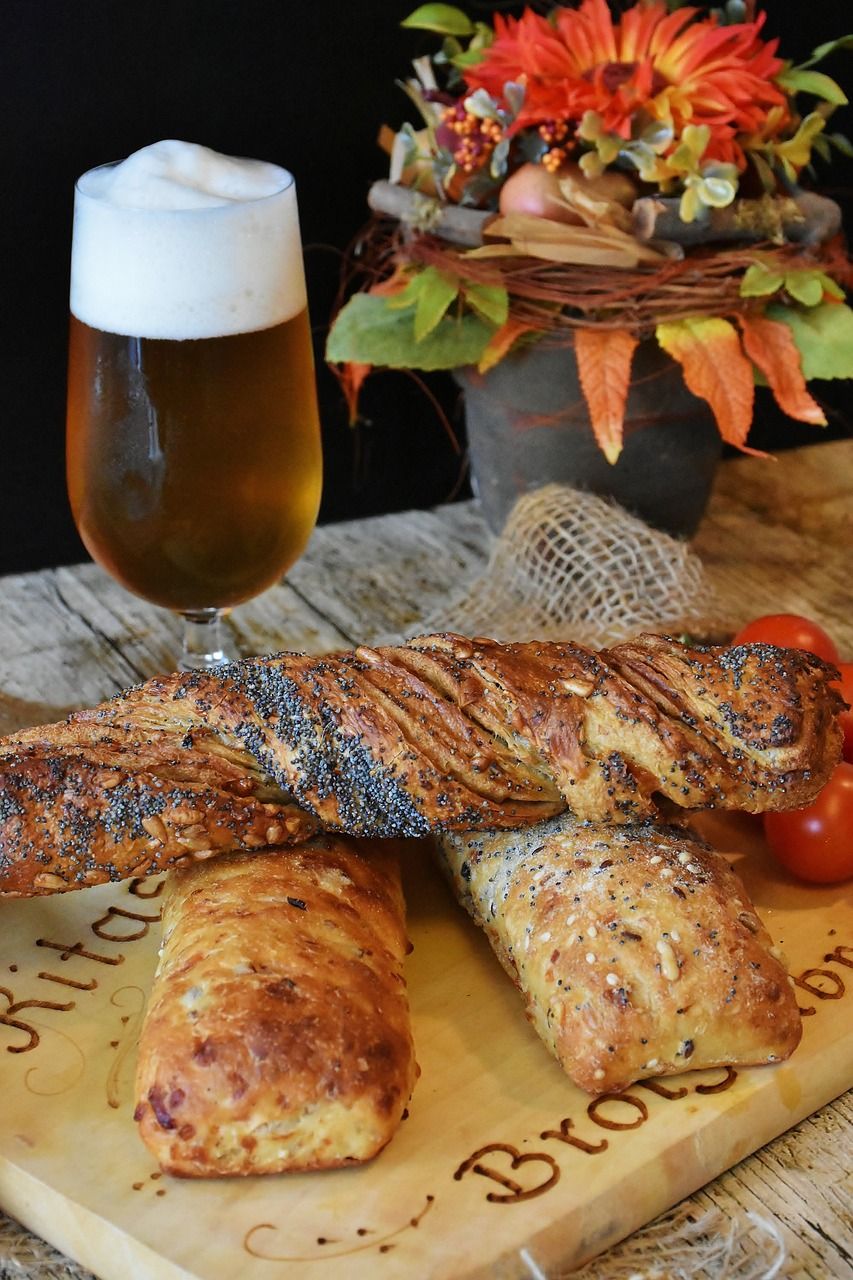
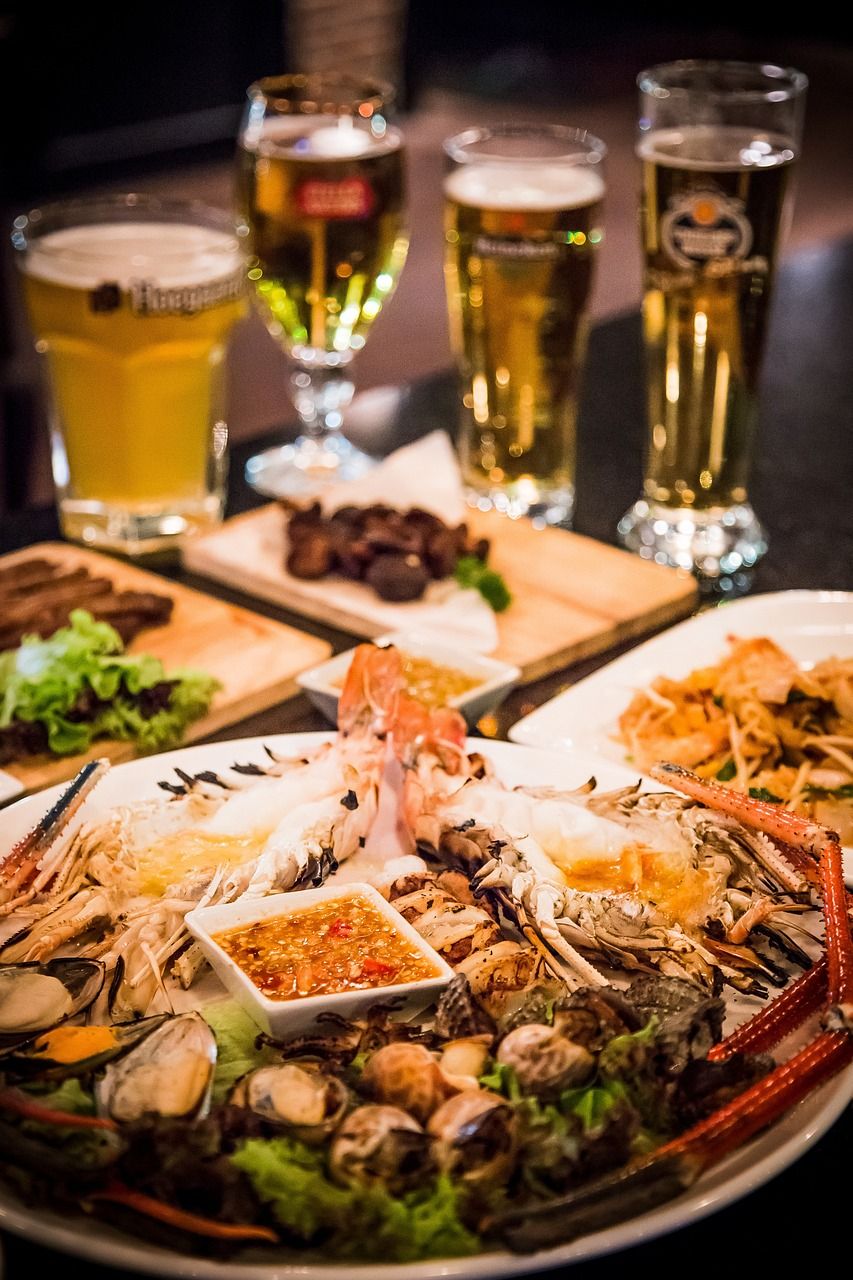
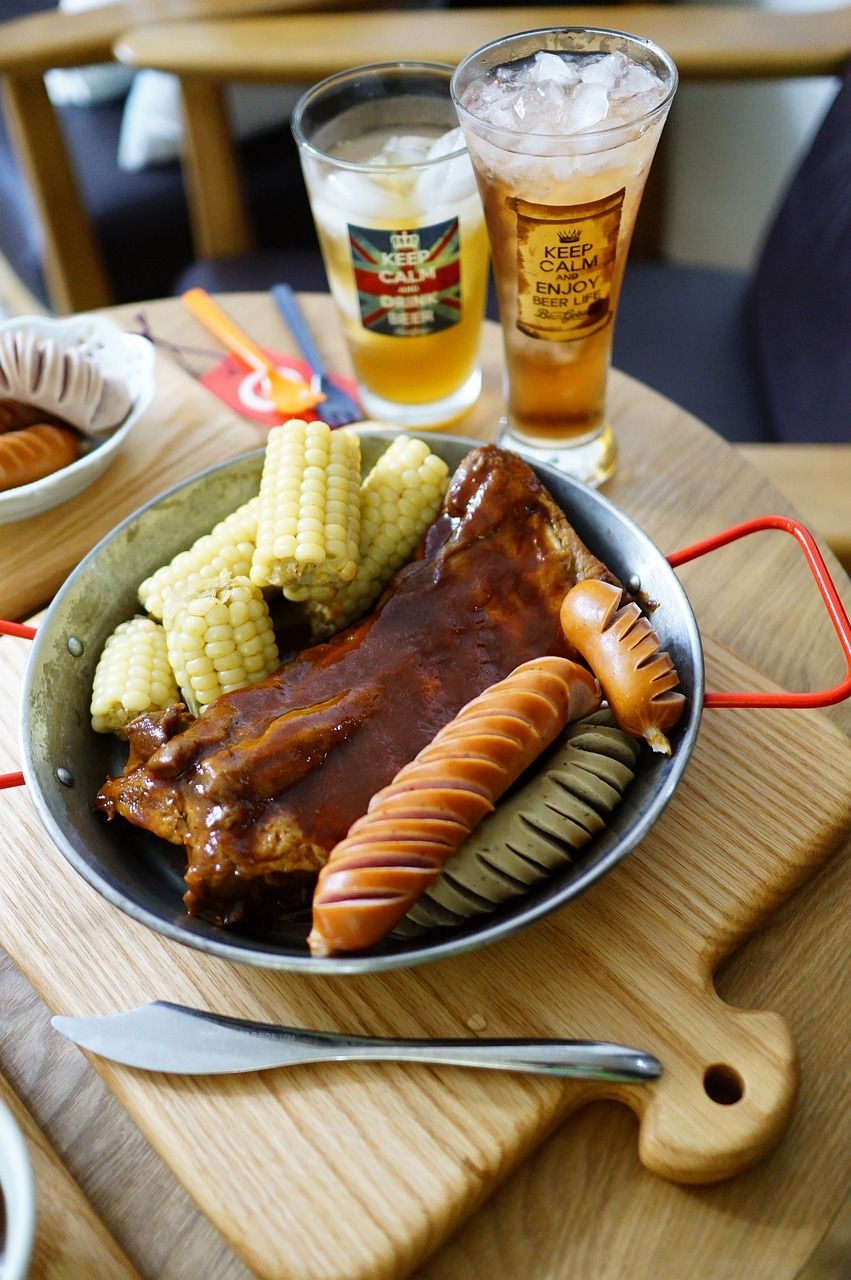
When serving beer and food together, it's important to consider the temperature of both. Beer should be served at the appropriate temperature to bring out its flavors, and food should be served at a temperature that enhances its flavors. In general, lighter beers should be served colder, while darker beers can be served at a slightly warmer temperature.
In summation, matching beer and food is all about finding the right balance between flavors and intensities. With a little experimentation and a willingness to try new things, you can create the perfect pairing to enhance your dining experience. So next time you're planning a meal, don't forget to consider the beer – it might just be the missing ingredient you've been looking for!
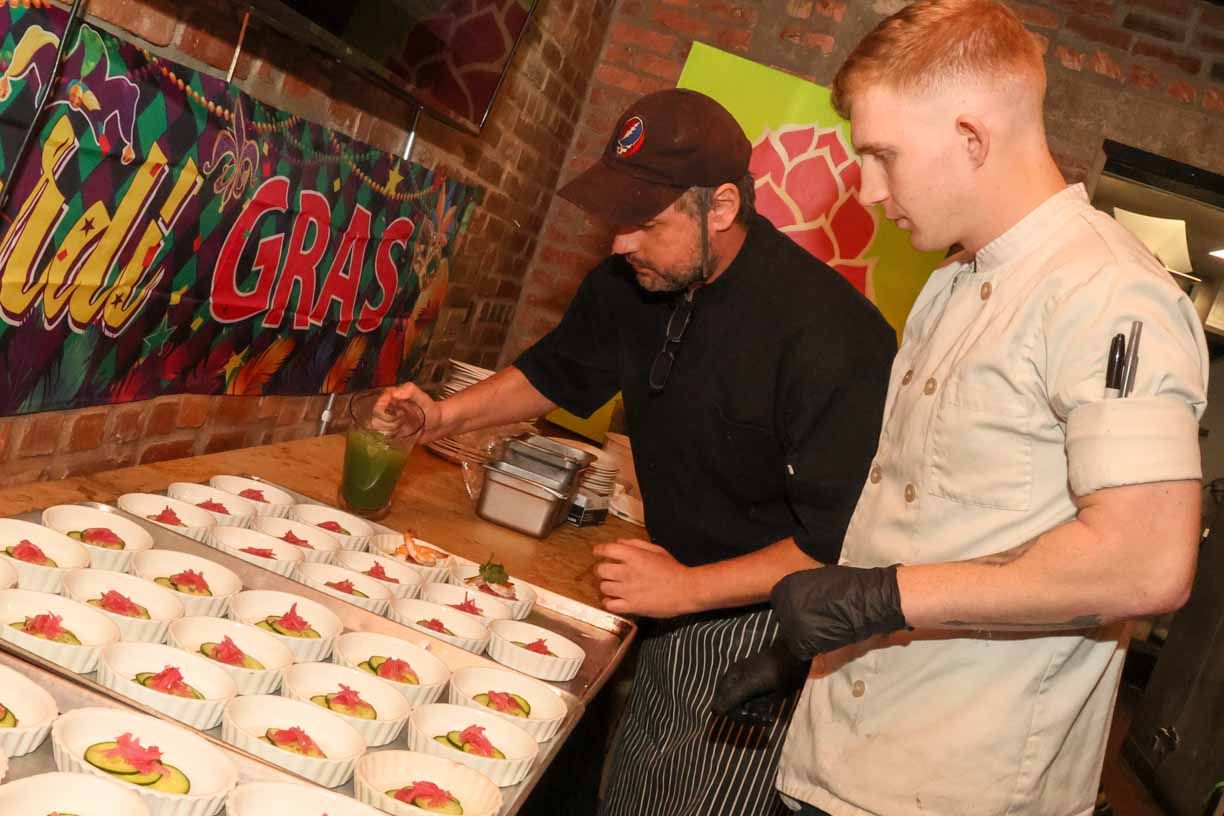
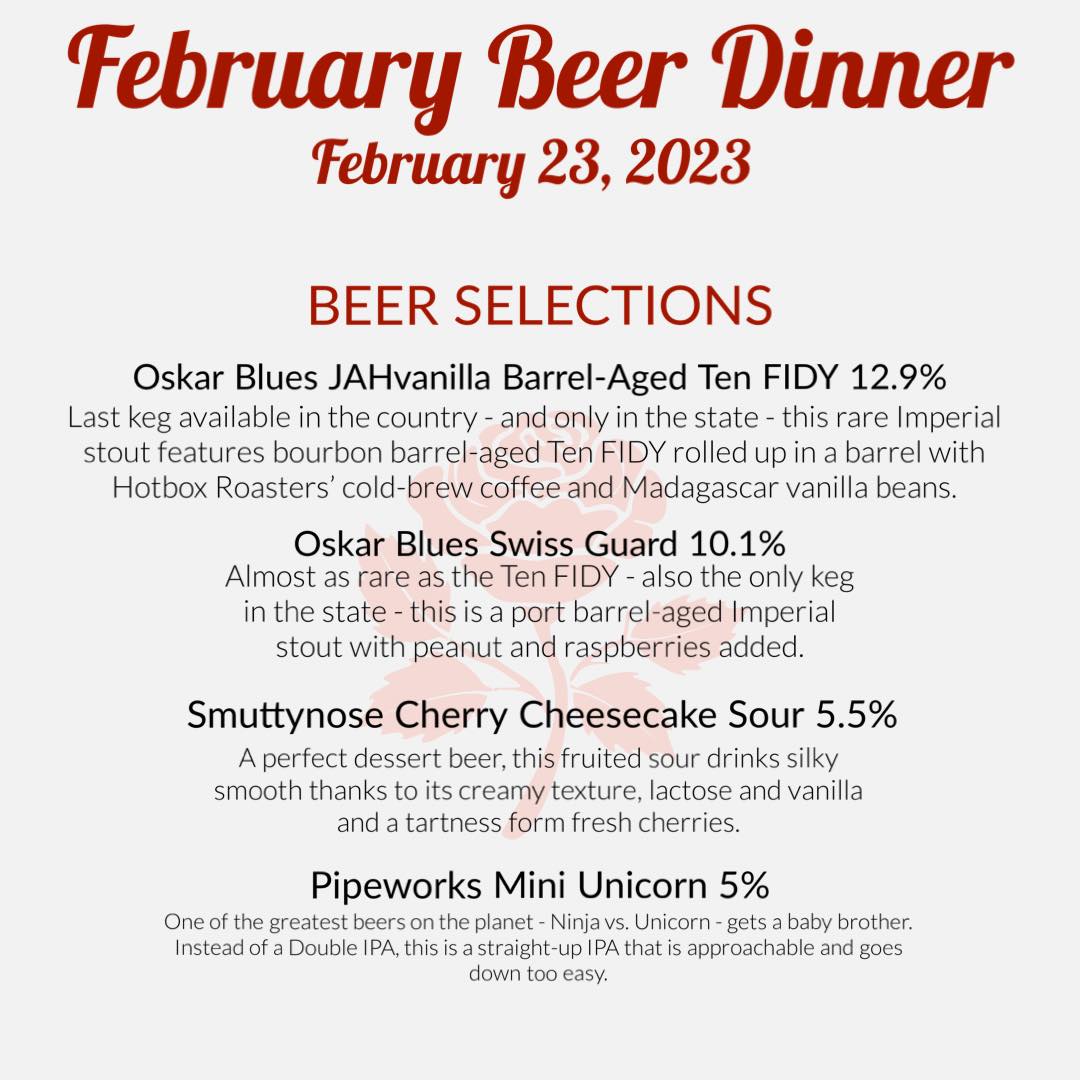
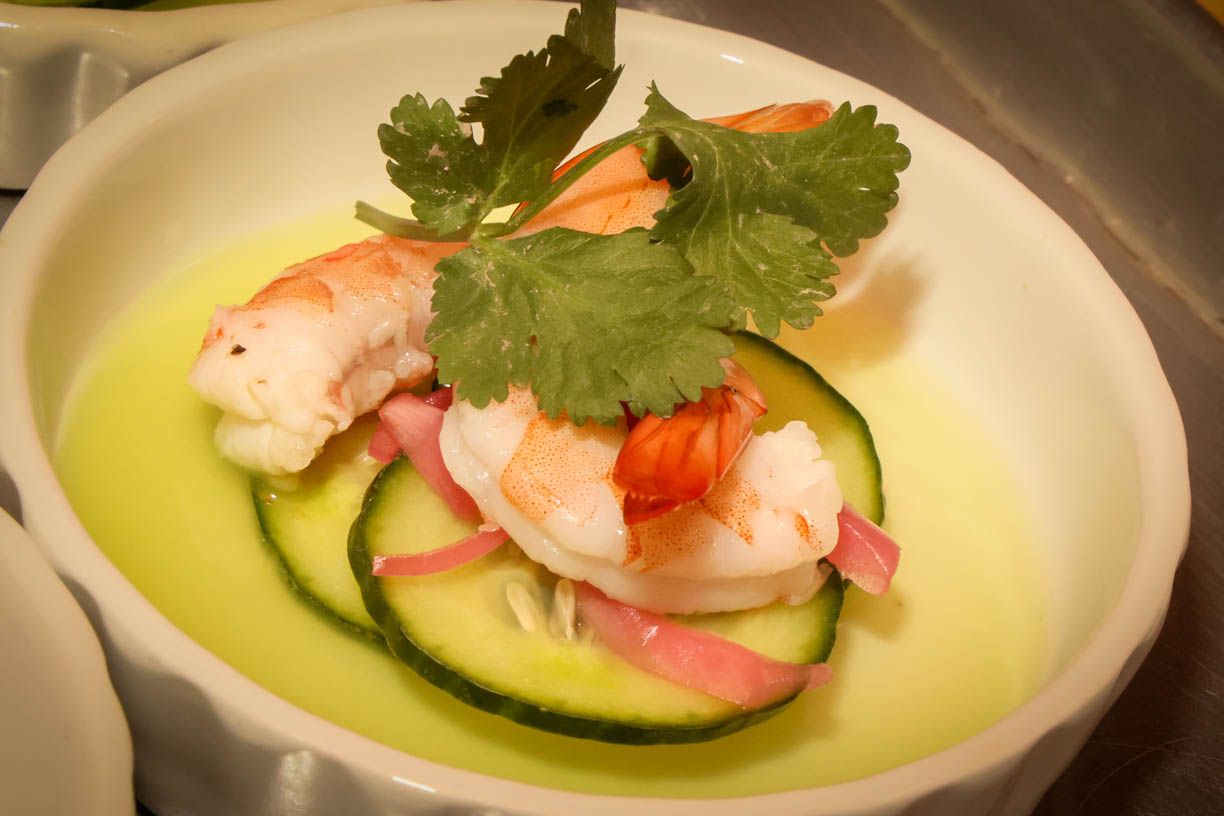
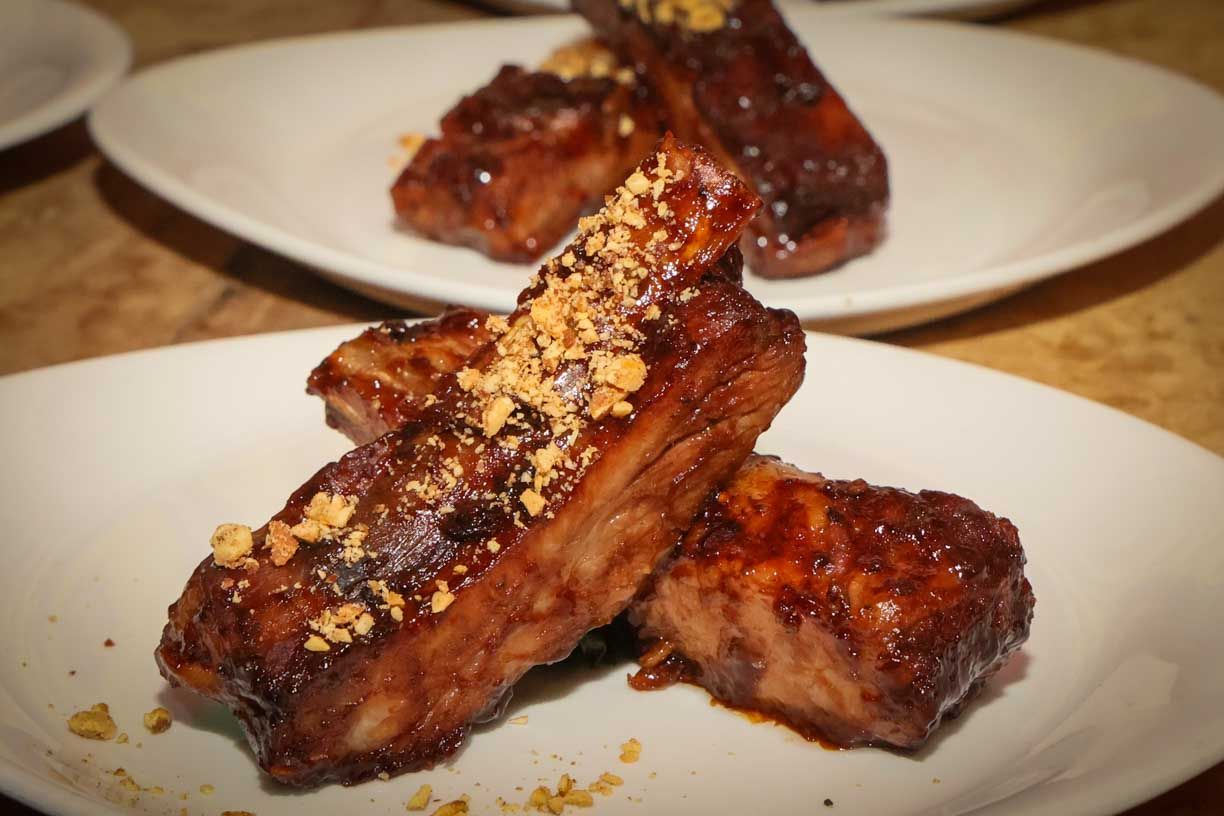

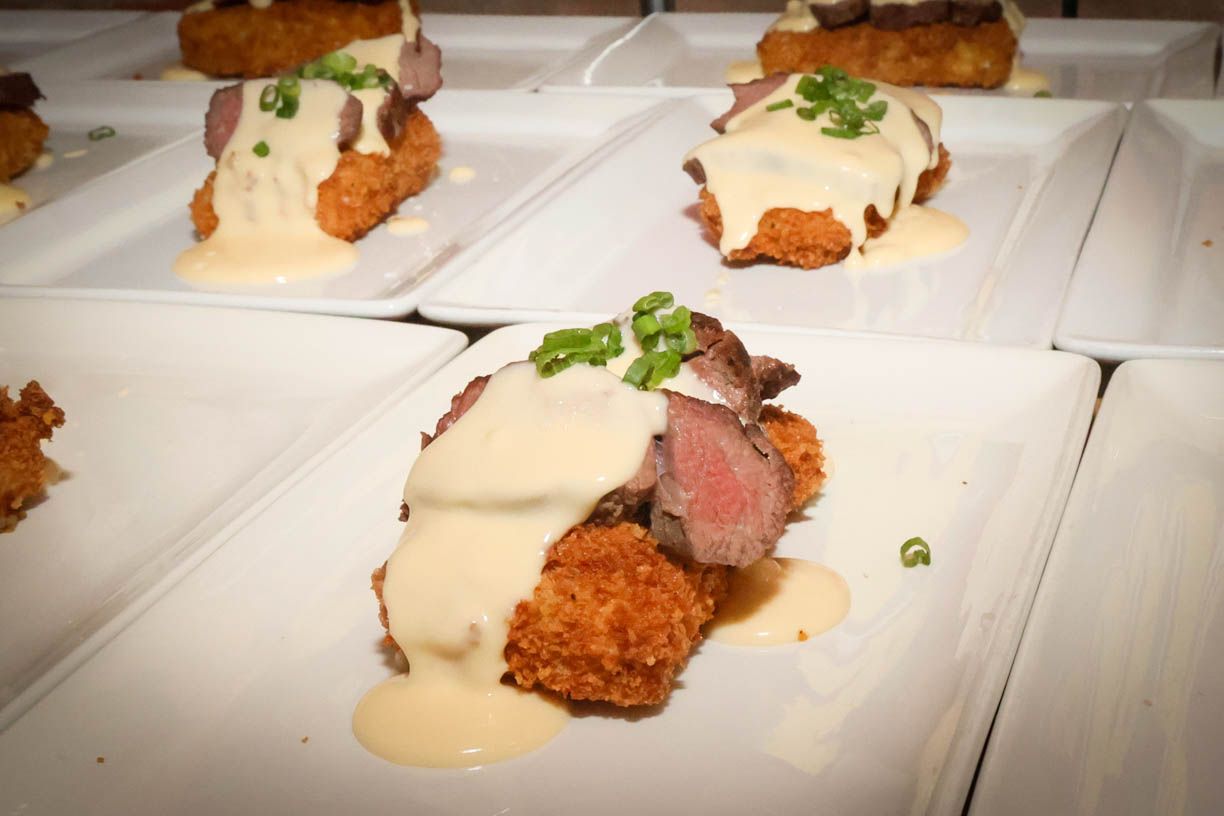

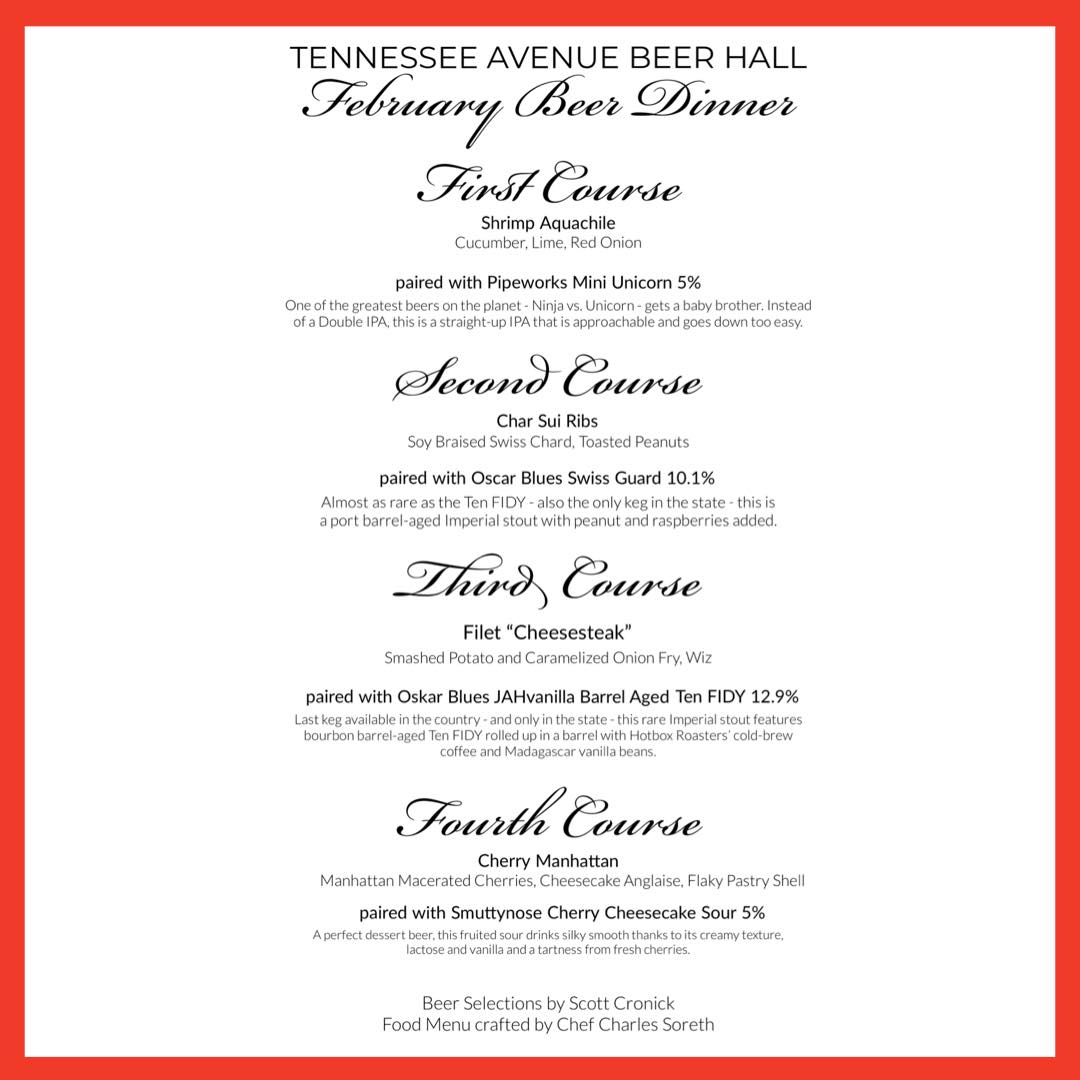

Beer and food pairing is a special art form. It takes careful consideration to create dishes that truly complement the unique flavors of each craft beer. Want to see more beer and food paring content, please let us know and share.





